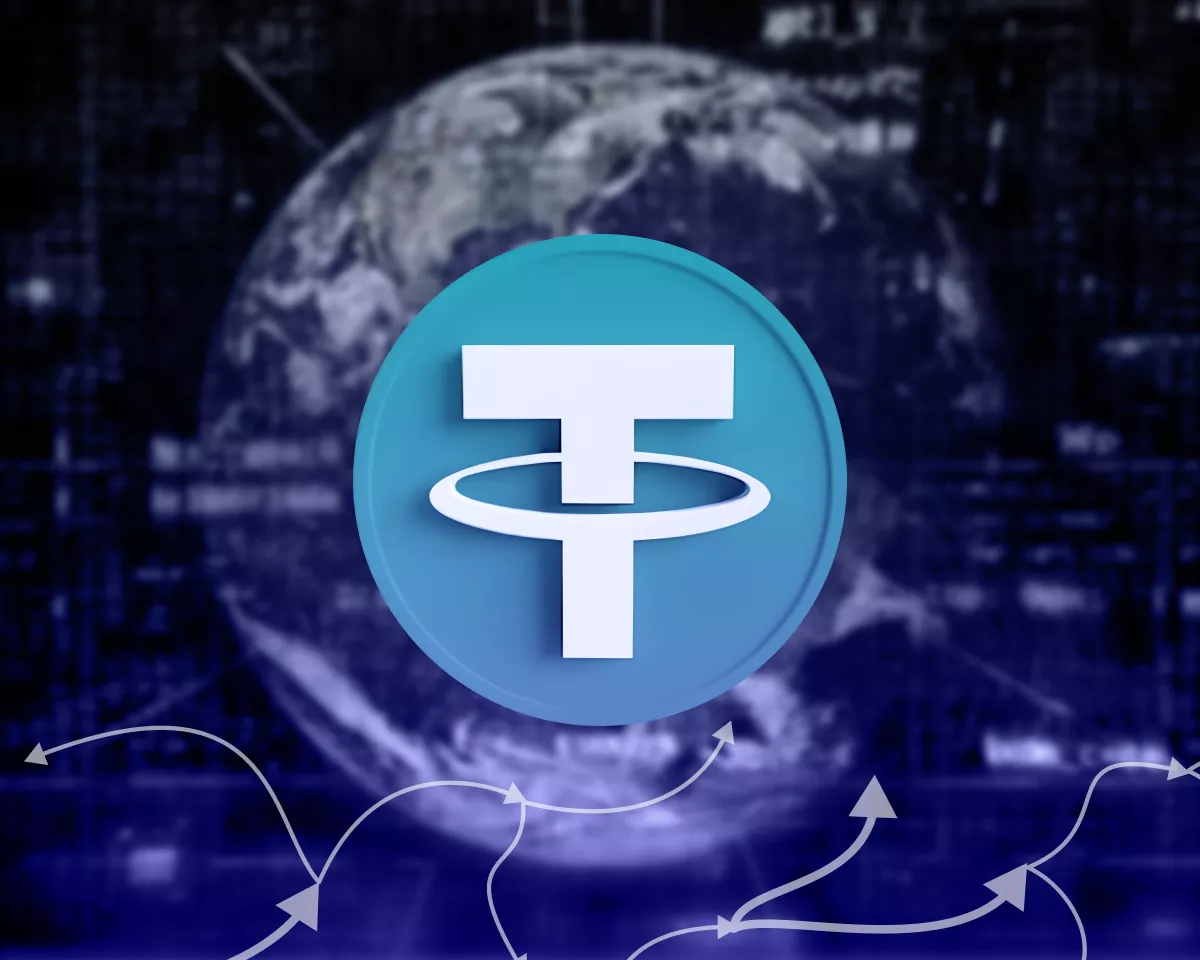
The post Ethereum’s Proto-Danksharding Upgrade: All You Need To Know appeared first on Coinpedia Fintech News
The Ethereum ecosystem has been conducting several upgrades in recent years to achieve optimal blockchain performance in terms of security, decentralization, and scalability. With the successful development of the beacon chain and the merge event in 2021, the Ethereum network has transitioned to the Proof-of-Stake consensus mechanism. However, the journey to perfecting the blockchain trilemma is far from over.
Ethereum’s Scaling Efforts through Proto-Danksharding
The Ethereum core developers are currently focused on scaling the network to handle millions of transactions per second through rollups. Proto-Danksharding, an intermediate of Danksharding, is expected to decrease rollup fees by more than 20 times. According to Thor Hartvigsen, a Computer Science and economics major and DeFi researcher, data availability is the primary bottleneck for Ethereum scaling, with an estimated 90% of transaction costs on rollups being used to pay for posting data on Ethereum.
Understanding Proto-Danksharding’s Benefits
Proto-Danksharding enables rollups like Arbitrum and Polygon to add cheaper data to blocks, leading to cheaper transactions for end-users. The introduction of data blobs that can be sent and attached to blocks reduces the cost of data and makes it more accessible for rollups. The data in these blobs is not accessible to the EVM and is automatically deleted after a fixed period.
The Future of Ethereum’s Scalability
The development of Proto-Danksharding marks an important milestone in Ethereum’s scalability efforts. As the network continues to improve, it is likely that other upgrades and solutions will emerge to help Ethereum achieve its goal of optimal blockchain performance. The pursuit of the blockchain trilemma is a never-ending journey, and the Ethereum ecosystem is on its way to achieving it.

 2 years ago
117
2 years ago
117

 Hartvigsen (@ThorHartvigsen)
Hartvigsen (@ThorHartvigsen) 













 English (US) ·
English (US) ·